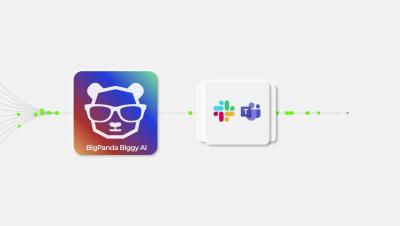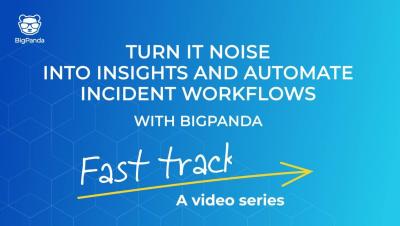How to improve the utility of ServiceNow with actionable tickets
Cam Stone, Director of Professional Services at BigPanda discusses how BigPanda improves the utility of ServiceNow. BigPanda automatically synchronizes incident data and allows teams to access critical contextual information to triage and investigate incidents faster directly within ServiceNow. For more insights, check out the full webinar on How Sony expanded AIOps insights to Incident Management teams.











